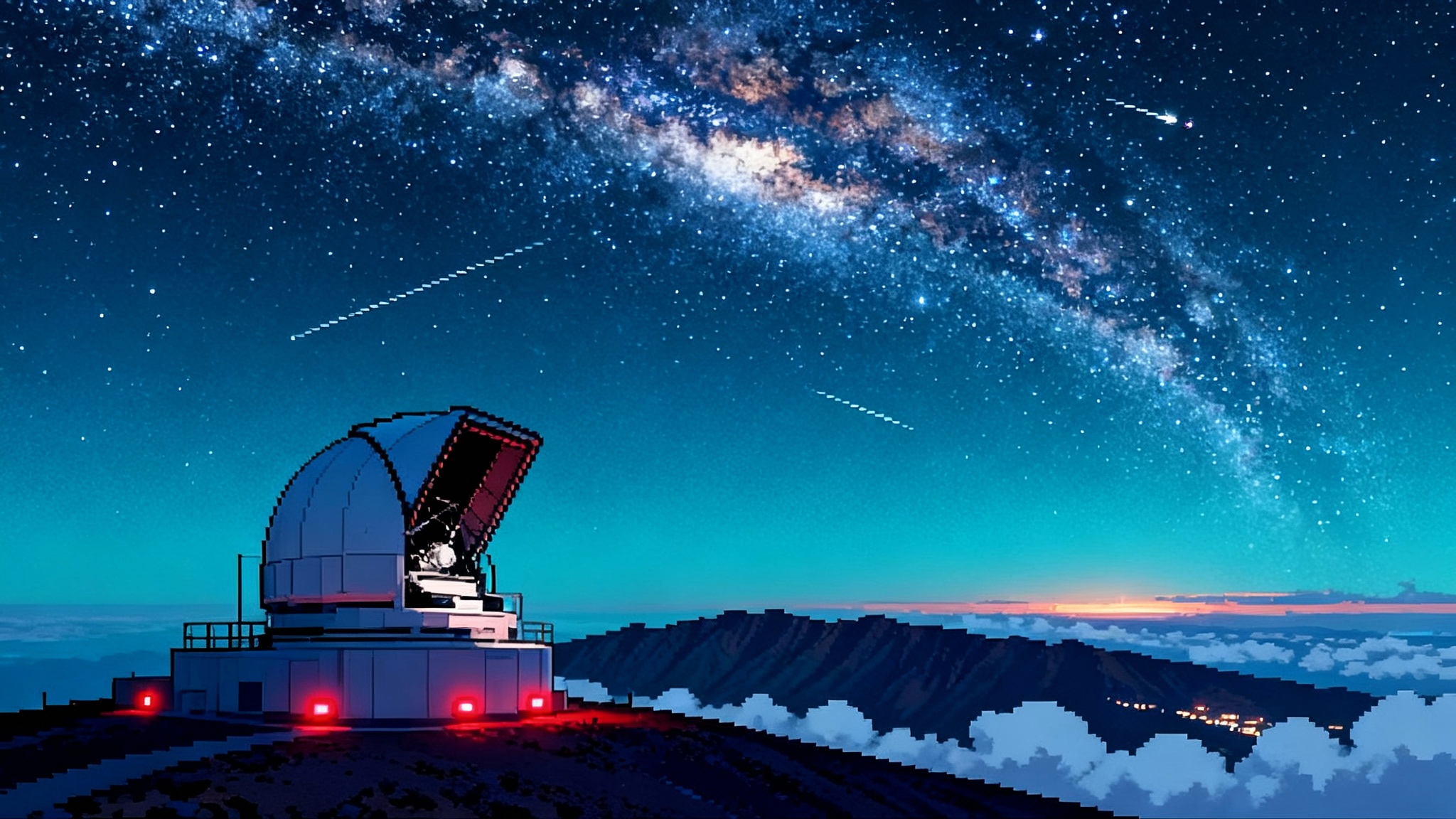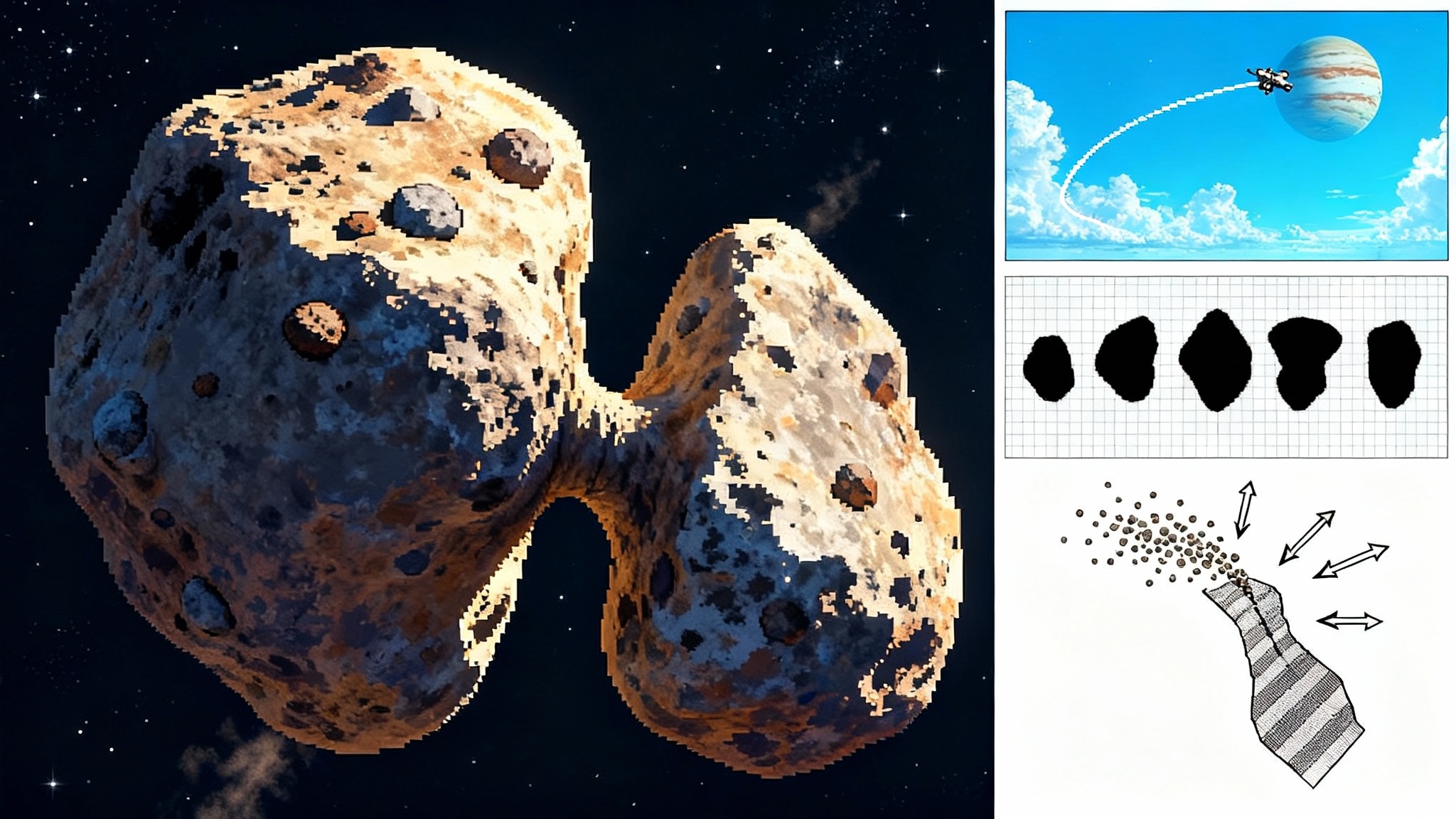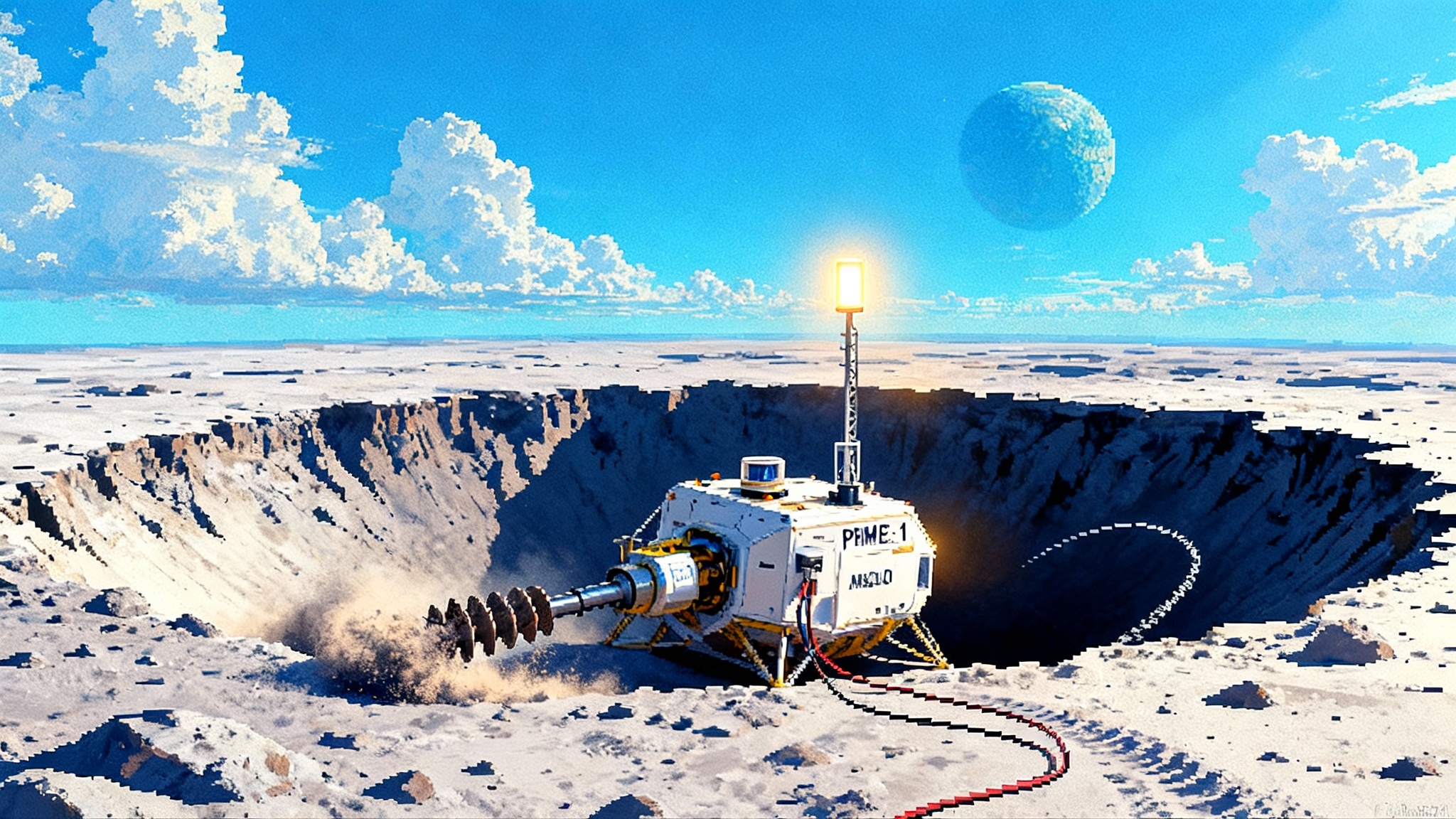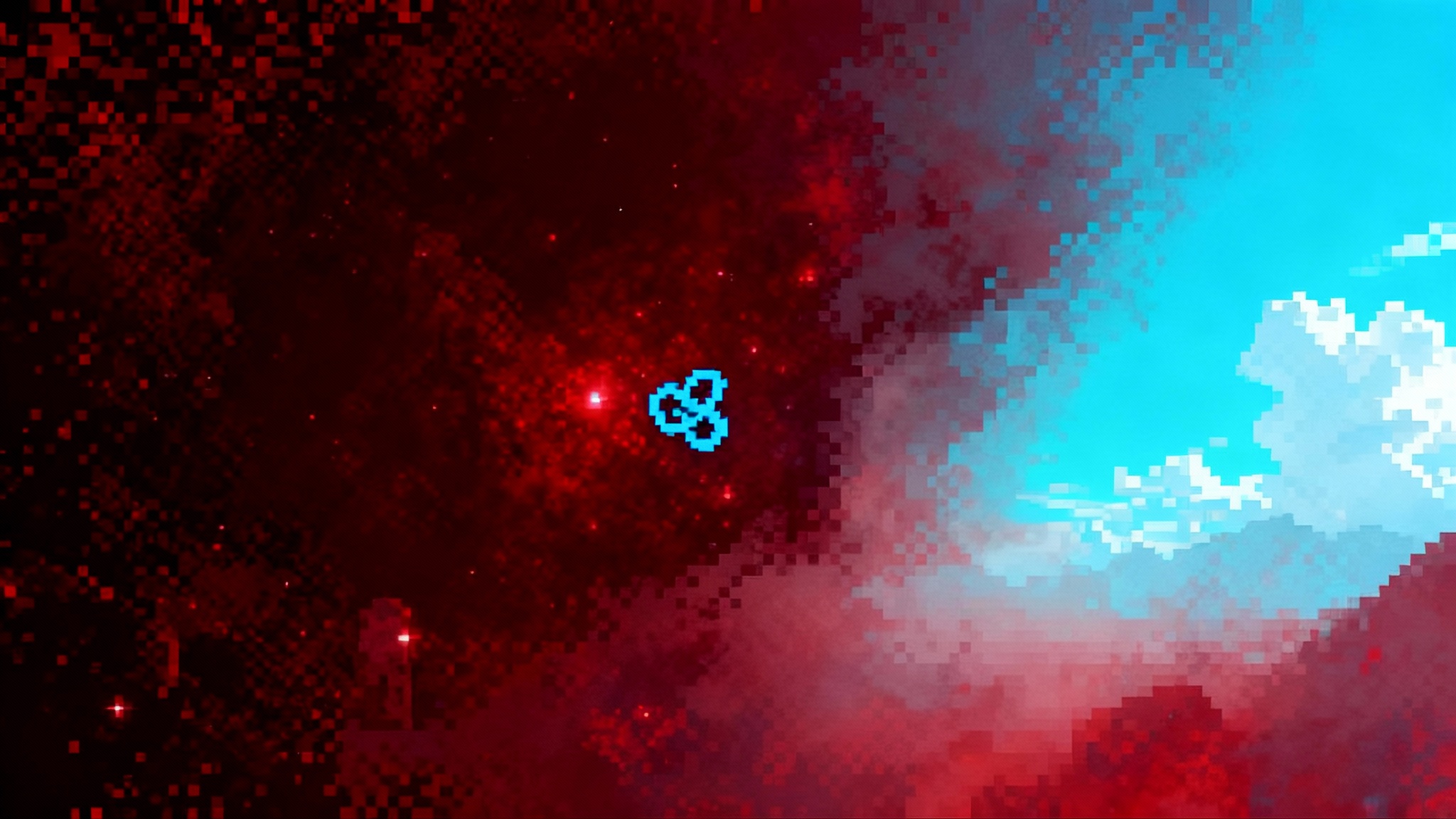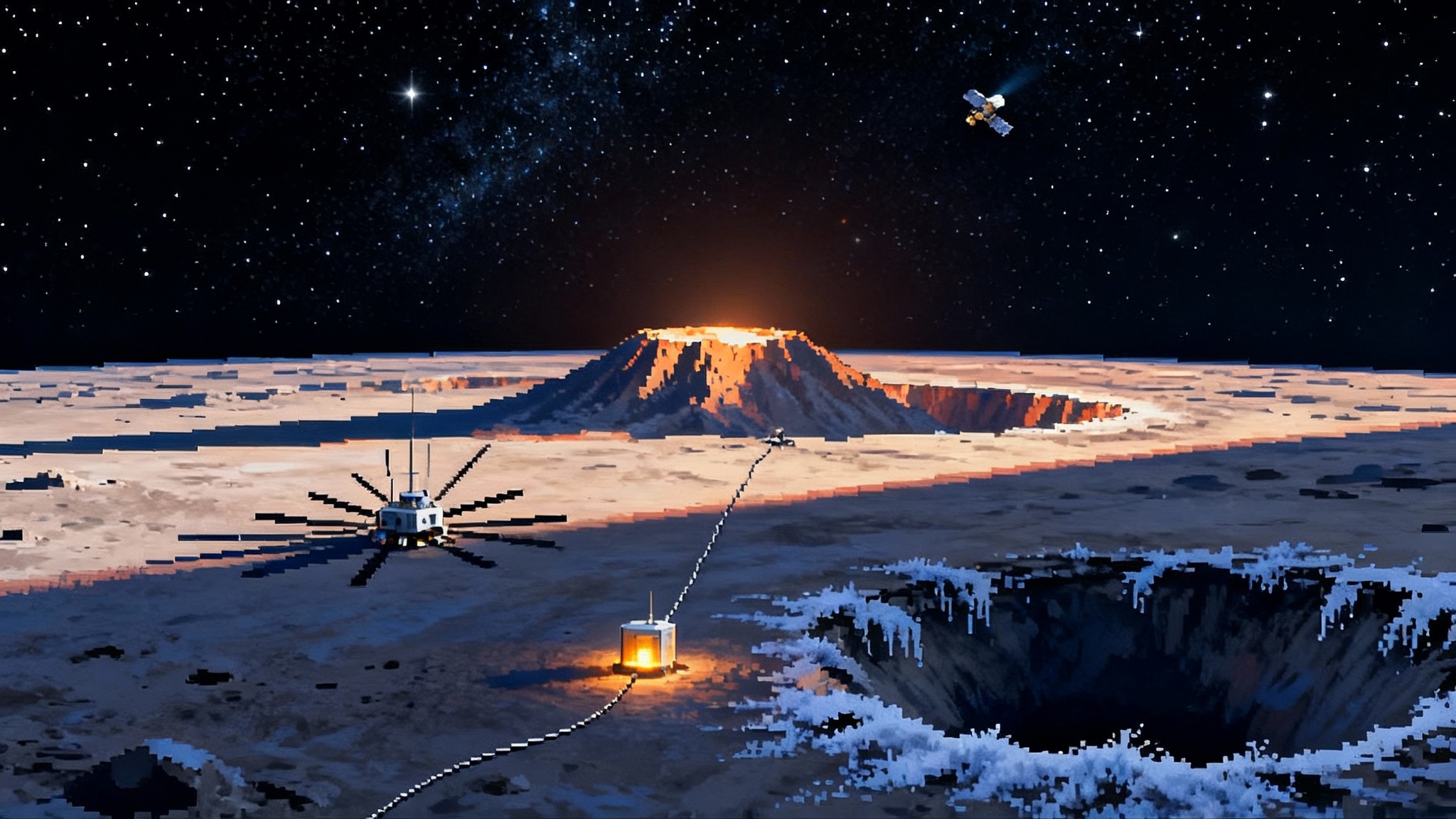Euclid’s 2025 debut: rings, lenses, and a billion galaxies
Euclid’s 2025 results turn gravitational lensing into a precision tool. From crisp Einstein rings to panoramic weak lensing maps, here is how wide surveys, AI, and partner observatories will turn hints into answers by 2028.
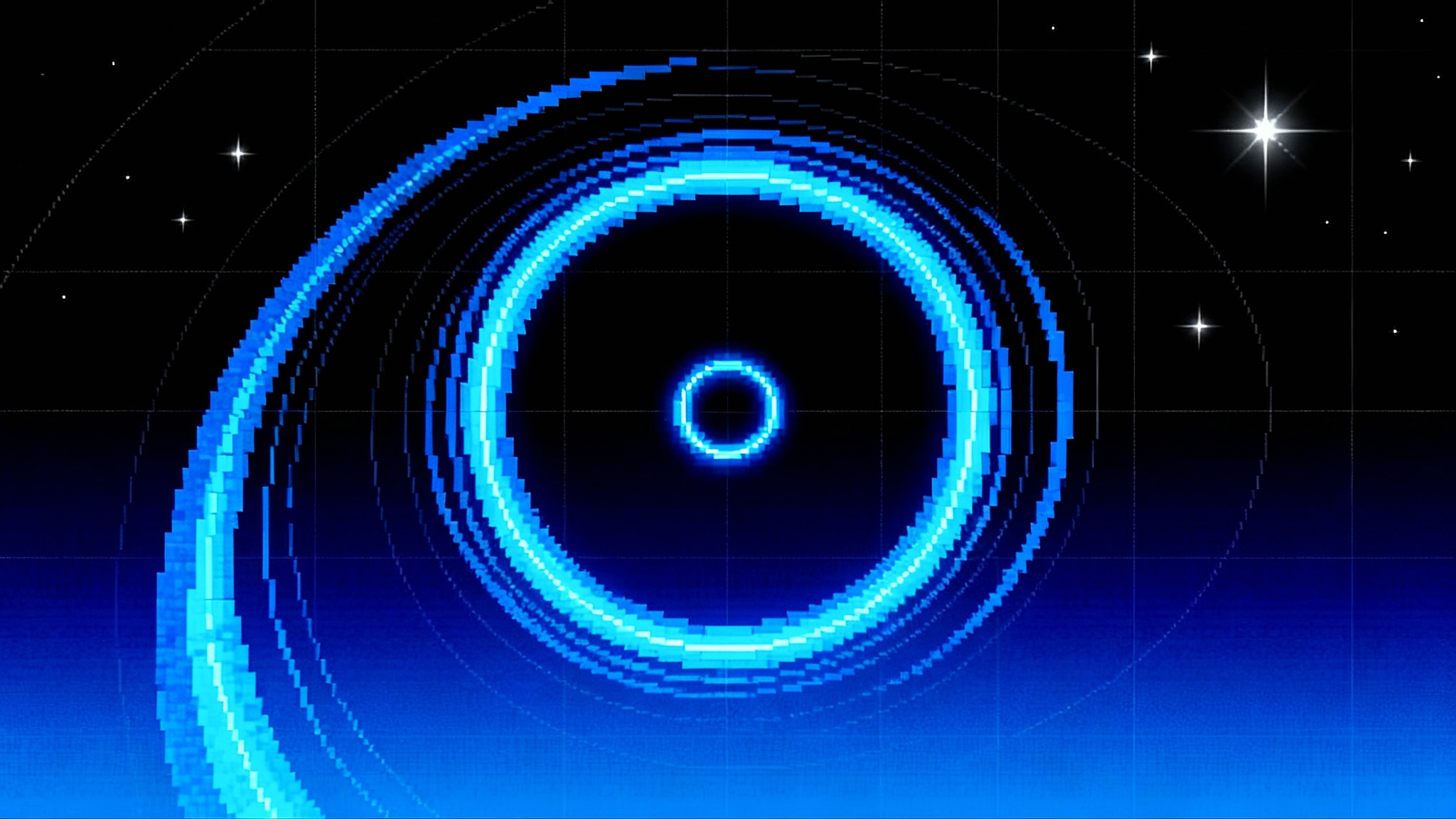
The sky bends, and Euclid shows us how
In 2025, Euclid stopped whispering and started speaking in full sentences. The space telescope’s newest results did more than add pretty pictures to the cosmic album. They surfaced clean, textbook Einstein rings and stretched galaxy arcs that look like someone tugged gently on the fabric of the sky. Those elegant circles and arcs are the visible imprints of gravity at work. They are also the sharp end of a much larger effort: Euclid is turning gravitational lensing from a boutique craft into an industrial scale discovery engine.
The headline is simple to state and profound in scope. Euclid is building a billion galaxy map. The instrument is not just snapping portraits, it is measuring tiny shape distortions across an enormous slice of the sky. When you collect shapes and colors for galaxies by the hundreds of millions, you do not only see the occasional showpiece lens, you see the cumulative effect of invisible matter on everything. That is the heart of weak lensing. Strong lensing creates those photogenic rings when a foreground mass, such as a galaxy or cluster, aligns with a background galaxy. Weak lensing is subtler. It nudges every galaxy’s image by a fraction of a percent. Euclid can detect that nudge because it measures so many galaxies that the random orientations average out and the underlying pattern pops into view.
Why rings matter for the big picture
Einstein rings look like stand alone curiosities, but they are workhorses. A single high quality ring can pin down the mass profile of the lensing galaxy with remarkable precision. Multiple rings across the sky transform into a census. They tell us how frequently massive galaxies produce strong lenses, which speaks to the distribution of dark matter on small scales. They also reveal the presence of dark substructure, the low mass clumps that should swarm around larger halos if the cold dark matter picture is right. If those clumps are rarer or smoother than expected, it pushes us toward warmer or self interacting dark matter possibilities. That is why the flood of newly identified rings in Euclid’s 2025 images is scientifically louder than it looks. Each ring is a datapoint on the physics of the dark sector.
The more subtle weak lensing signal does a different job. It maps how matter, most of it dark, is distributed across the cosmic web. The strength of the weak lensing pattern at different distances tracks how structure has grown over time. Growth depends both on the amount of dark matter and on the push and pull of cosmic expansion. Dark energy slows the growth of structure by speeding up the expansion of space. If we can measure growth accurately, we can test whether dark energy behaves like a simple cosmological constant or something more complex that changes with time. Euclid’s strategy is to combine billions of galaxy shapes with photometric redshifts, which are estimates of distance from color, to build a 3D map of the matter distribution and its evolution.
From bespoke to at scale discovery
The old way to find a strong lens was almost artisanal. A research team would comb through high resolution images from a narrow field telescope like Hubble, inspect candidates by eye, and publish a handful of jewels. This approach produced definitive case studies, the kind that become lecture slide classics, but it could not answer population questions at scale. Euclid shifts the center of gravity. It surveys a huge fraction of the sky with resolution high enough to catch the features that betray lensing. That turns discovery into a pipeline problem. You stage the data, run trained algorithms to propose candidates, triage with humans and further models, and you end up with thousands of high quality lenses. Quantity does not cheapen quality in this case. It enables new kinds of science questions that were not statistically accessible before.
Think of it like the move from bird watching in a single park to a network of autonomous microphones spread across a continent. The single park delivers careful, beautiful observations. The network can reveal migration patterns, rare events, and the interplay between species and climate. Euclid is building the network. The rings are a proof that the microphones are tuned correctly.
How Euclid actually measures the invisible
Euclid observes in visible and near infrared light, and it follows a survey strategy designed for precision lensing, as outlined on ESA’s Euclid mission page. The visible camera yields sharp shapes that are essential for weak lensing. The near infrared photometry adds the color information that powers photometric redshifts. A photometric redshift is a distance estimate derived from how bright an object is through different filters. Galaxies have characteristic features in their spectra. As the universe expands, those features slide to longer wavelengths. Measure the colors carefully and you can infer how far the light has traveled.
Weak lensing analysis has a reputation for being fussy, and with good reason. The signal is intrinsically tiny. To extract it, you must control everything that can mimic or hide it. That includes the point spread function of the telescope, the way the instrument blurs a point of light into a small disk, the impact of cosmic rays and detector quirks, the blending of overlapping galaxies, and even the way you choose the mathematical model for a galaxy’s shape. Euclid’s advantage is the combination of space based stability and scale. Operating above the atmosphere removes the constant tremor of air that ground based telescopes fight. Scanning a huge area reduces random errors by the square root of the number of galaxies you include. Systematic errors do not average away, so the mission invests as much effort in calibration as in raw exposure time.
Strong lensing science has its own checklist. You need to separate real rings from lookalikes produced by star forming rings or chance alignments. You need accurate redshifts for the lens and the source. You need to model the gravitational potential of the lensing galaxy and account for the environment, since groups and clusters add extra deflection. The payoff is rich. Lensed systems can magnify tiny background galaxies so that we can study them in detail. Time varying sources, like active galactic nuclei and supernovae, can provide time delays between multiple images. Those delays carry information about distances in the universe and therefore about the expansion rate.
The rising role of AI lens finders
Euclid’s scale would swamp a purely human search for lenses. The solution is machine learning that takes a first pass through the sky. Convolutional neural networks excel at pattern recognition in images, and Einstein rings are patterns. The core idea is straightforward. You feed the network examples of true lenses and non lenses, train it until it can spot the subtle arcs and rings reliably, and then unleash it on the survey. The reality is messier. Training data must match the survey. Simulations should reproduce Euclid’s resolution, noise, and blend rate. The negative examples should be rich and varied, or the network will latch on to shortcuts and mistake blue star forming rings for lensed arcs.
Teams are increasingly using active learning loops, where the model flags uncertain cases and humans label those to teach the model precisely where it is confused. Another promising path is self supervised learning, where the model learns a compact description of galaxy images without labels, then fine tunes on a smaller set of lenses. That reduces reliance on large, hand labeled datasets. Expect 2026 to be the year when AI lens finders graduate from interesting side projects to the front door of Euclid’s strong lens catalog. The maturation will show up as more complete samples with quantified selection functions, and as public challenge sets that let different teams compare methods on common ground.
Photometric redshift calibration grows up
Photometric redshifts are the workhorses of 3D weak lensing. They are also a primary source of uncertainty. Small biases in redshift estimates translate directly into biases in the inferred growth of structure. Euclid’s plan is to tackle this on three fronts. First, build representative spectroscopic samples that cover the range of galaxy types and faint magnitudes in the main survey. Second, use clustering redshifts, which infer the redshift distribution of a photometric sample by how it clusters on the sky with a spectroscopic sample at known distances. Third, integrate near infrared colors that help break degeneracies in galaxy spectra. Results from early galaxies, such as JWST cosmic dawn results, will also inform models used to test and calibrate photometric methods.
Calibration is not one and done. It evolves with the survey as the mix of galaxy types shifts with depth and sky position. The practical sign that things are on track will be internal consistency tests. For example, redshift distributions inferred from colors should match those inferred from clustering within their uncertainties. Independent shear measurements on overlapping fields should agree when calibrated with different spectroscopic anchors. Euclid’s 2025 results hint at a community ready to upgrade calibration from a background chore to a headline deliverable. By 2027, with deeper spectroscopic support in place, the redshift end of weak lensing will begin to feel as solid as the shape measurement side.
Cross checks with Rubin alerts and Roman spectroscopy
The survey era is collaborative by necessity. The Vera C. Rubin Observatory will pour out nightly alerts for variable and transient objects once full operations begin. For context on the alert pipeline and cadence, see Rubin’s first images to first alerts. While strong lenses are not transients, transients inside lenses are gold. A supernova that explodes in a lensed host can appear in multiple images with time delays set by the geometry and the gravitational potential along the paths. Rubin’s alert stream will flag the supernova. Euclid’s images and models will tell you whether the host is lensed and where the images should be. With fast follow up, you can measure time delays with high precision. That yields an independent handle on cosmic distances. It also stress tests mass models of the lenses, which feeds back into dark matter constraints.
The Nancy Grace Roman Space Telescope will bring a different complement. Roman will deliver near infrared imaging and spectroscopy over wide areas. Spectroscopy is the gold standard for redshifts. It is slower per object than photometry, but it is precise. Roman’s slitless spectroscopy will provide redshifts for large samples that overlap Euclid’s fields, especially for the faint galaxies that dominate the weak lensing signal. For mission capabilities and survey design, see NASA’s Roman Space Telescope. Roman will also sharpen strong lens mass models by revealing emission lines from background sources that are blended in broadband images.
Rubin and Roman are not just add ons. They are cross checks that keep systematics honest. If Euclid’s shear maps agree with the lensing of the cosmic microwave background measured by other experiments, that is one layer of validation. If Rubin’s shape measurements, with different instruments and observing conditions, recover the same cosmic shear pattern on overlapping sky, that is another. If Roman’s spectroscopy pulls photometric redshift biases toward zero, the final cosmology constraints will rest on firmer ground.
What to watch for between 2026 and 2028
Here is a practical roadmap for the next three years, both for researchers who work directly with the data and for readers who want to track the headlines intelligently.
- 2026, AI lens finders at scale: Expect releases that list thousands of strong lens candidates with explicit completeness and purity estimates. Look for catalogs that publish not only probabilities but also example cutouts, model reconstructions, and failure cases. That transparency marks a method you can trust.
- 2026, first joint null tests with Rubin: On overlapping regions, teams will compare shear two point functions and galaxy cluster mass calibrations. Agreement within uncertainties will be a green light to combine data for cosmology. Disagreement will ignite focused investigations into point spread function modeling, deblending, and photometric redshifts.
- 2027, Roman spectroscopy tightens the screws: With deeper near infrared spectra, photo z calibration will improve, especially for faint, high redshift galaxies that anchor growth at early times. Expect new constraints on how the weak lensing signal changes with redshift, which is where many cosmology models differ.
- 2027, time delay cosmography from Rubin plus Euclid: The first statistically meaningful sample of lensed supernovae and active galactic nuclei with measured time delays should arrive. Watch for careful accounting of microlensing and mass model uncertainties. The best teams will publish blinded analyses and cross validation with simulations.
- 2028, billion galaxy mass map milestones: By this stage, Euclid’s map of the dark matter web will achieve the area and depth needed to test whether growth matches the predictions of a cosmological constant. The headlines will not be about a single parameter number. They will be about consistency across scales, redshifts, and methods. That is the real victory condition.
What this means for dark matter
Dark matter leaves fingerprints at many levels. On the largest scales, it shapes the overall texture of the web. On small scales, it dictates how lumpy halos are. Strong lensing is uniquely sensitive to those small scales because subhalos deflect light just enough to distort arcs and produce flux anomalies between multiple images. If Euclid’s 2025 and 2026 lens catalogs are as clean and complete as they look, analysts can stack many systems to detect the average contribution of substructure. A significant deficit in small clumps would point toward warm dark matter that erases structure below a characteristic mass, while discrepancies in the central density profiles of lenses could signal self interactions that redistribute energy within halos.
Weak lensing addresses dark matter from a different angle. It measures how matter clumps over time. That growth is a tug of war between gravity and expansion. If you find that the amplitude of matter fluctuations is systematically lower than predicted, and the issue persists across independent shape catalogs and redshift calibrations, you start to contemplate new physics. The possibilities range from a different dark matter particle to deviations from General Relativity on cosmic scales. The key is not a single surprising number. It is a pattern that refuses to go away when you change telescopes, wavelengths, and methods.
What this says about dark energy
Dark energy is slippery because it does not clump the way matter does. You detect it by its effect on the expansion history and on the rate at which structures grow. Euclid’s combination of weak lensing and galaxy clustering will pin down the growth side. Cross checks with supernova distances and baryon acoustic oscillation measurements address the expansion side. If both views align with a constant dark energy density, we get a tighter box around the cosmological constant. If they do not, the next task is to map where the disagreement sits in redshift and scale. Changing behavior with time hints at dynamic fields. Scale dependent effects hint at modified gravity. By 2028, Euclid plus its partners will not just sharpen the error bars. They will reshape which theoretical directions make sense to pursue.
How to read the next wave of papers and press releases
You do not need to be a cosmologist to be a sharp reader. Here are concrete cues to watch for when new results arrive:
- Scale and selection: Are we looking at a handful of objects or a statistically controlled sample with quantified completeness and purity?
- Blinding: Do the cosmology papers describe a blinding protocol that prevents analysts from tuning choices to hit a preferred answer?
- Cross survey consistency: Do Euclid measurements agree with Rubin and Roman on overlapping sky, given their different instruments and methods?
- Null tests: Do authors publish checks that should yield zero signal, such as cross correlations between unrelated redshift bins or star shapes masquerading as galaxies?
- Openness: Are the catalogs, code, and simulations available, and are there challenge datasets that let independent teams test end to end performance?
If those boxes are ticked, the results deserve your attention. If they are not, you should expect rapid follow up work to close the gaps before big claims are taken as consensus.
The bigger cultural shift
Euclid’s 2025 debut is not only a scientific milestone. It is a demonstration that cosmology can scale without losing rigor. The field is moving from bespoke studies where brilliance and patience spot a few needles, to integrated systems that sift the entire hayfield and then invite creativity at the analysis layer. That shift does not replace discovery by eye. It multiplies it by giving everyone a richer canvas. A graduate student can now build a thesis from a public lens catalog that once would have taken a decade to assemble. A theorist can test a new dark matter model against thousands of observables. A data scientist can contribute by improving the parts of the pipeline where bias used to hide.
A smart finish, and what comes next
When the sky bends, it is easy to focus on the spectacle. Euclid’s real gift is how it turns spectacle into measurement. The crisp Einstein rings in the 2025 releases are postcards from gravity, but the return address is a growing, shared map of the invisible. Over the next three years, that map will be stress tested by partner observatories, grounded by better redshifts, and combed by smarter algorithms. If dark matter is colder, clumpier, or more social than we think, the signs will sharpen. If dark energy behaves like a steady background pressure or something restless, the growth of structure will betray it. Either way, the route to answers is now clear. Scale up carefully, calibrate relentlessly, cross check everything. Do that, and the billion galaxy map will not just be a triumph of imaging. It will be a blueprint for how we learn the truth about the dark universe.
Note: For readers who want mission context beyond this overview, see ESA’s Euclid mission page and NASA’s Roman Space Telescope.
